Sphynx Cat Behavior Decoded: Understanding Body Language

Introduction
Sphynx cats have a unique charm that goes beyond their hairless appearance. If you’re lucky enough to share your life with one of these delightful felines, understanding their behavior can help you build a deeper bond. In this article, we’ll explore the nuances of Sphynx cat behavior, with a particular focus on their body language.
The Importance of Body Language in Cats
Just like us, cats have their own ways of communicating. While they certainly have their share of vocalizations, much of what they say is through body language. By learning to read these signals, you can respond more effectively and strengthen the relationship with your Sphynx companion.
Ears: Windows to Their Emotions
Sphynx cats might be hairless, but their ears are incredibly expressive! When their ears are upright and pointing forward, it means they’re curious or paying close attention. On the flip side, if you see their ears flattened against their head, they may be feeling scared, uncomfortable, or even aggressive. Watching their ear positioning can give you valuable insights into how they’re feeling.
Eyes: Mirrors of Their Soul
The eyes of a Sphynx cat tell a story all their own. If their pupils are dilated, they might be excited, anxious, or just ready to play. On the other hand, constricted pupils can indicate contentment or even aggression. Keeping an eye on their eye movements can help you gauge their mood and emotions.
Tail Talk: What Their Tails Reveal
A Sphynx cat's tail is another way they express themselves. A tail held high usually means they’re feeling confident and happy, while a puffed-up tail can indicate fear or agitation. If you see them flicking their tail, it might be a sign of irritation or impatience. Paying attention to tail movements can offer a clearer picture of how they’re feeling.
Posture: The Silent Messenger
The way your Sphynx cat holds their body says a lot about their state of mind. A relaxed, open posture signals comfort and contentment, while a hunched or tense body can indicate anxiety or discomfort. Being aware of their posture can help you understand what your feline friend is going through.
Vocalizations: Adding Voice to Body Language
While body language is essential, don’t underestimate the power of vocalizations. Sphynx cats are often quite chatty, and each meow, chirp, or purr has its own meaning. By combining their vocal sounds with body language cues, you’ll gain a better understanding of their emotions.
Know how to communicate with your Sphynx Kittens with the help of our guide, Sphynx Cat Meows and Communication: What They Mean.
Grooming Habits: More Than Just Hygiene
Grooming is a big deal for Sphynx cats. They may lick themselves or even their human companions as a way to show affection. By observing these grooming behaviors, you can gain insights into their emotional state and how they perceive their surroundings. Essential Sphynx Cat Grooming Tips: Bathing, Nails & More, have a quick read on our grooming tips and techniques.
Social Dynamics: Navigating Their Interactions
Sphynx cats have their own social dynamics, both with humans and other animals. You might notice them exhibiting dominant or submissive behaviors, and recognizing these patterns can lead to a more harmonious home environment.
Environmental Sensitivity: Adapting to Their Surroundings
These cats can be quite sensitive to changes in their environment. They may hide, seek comfort, or explore cautiously when faced with new stimuli. By understanding their responses to these changes, you can create a secure and comforting living space for them.
Health Indicators: Detecting Discomfort
Keep an eye on your Sphynx cat’s behavior, as changes can sometimes signal health issues. Whether it’s alterations in eating, sleeping, or activity levels, staying alert to these changes and consulting a veterinarian if necessary will help ensure your furry friend stays healthy.
If you want a guide on knowing the most common health issues faced by Sphynx Kittens, check our guide on Sphynx Cat Health Issues: Common Concerns.
Conclusion
Understanding Sphynx cat behavior is crucial for any loving pet owner. By tuning into their body language, vocalizations, and social interactions, you can create a fulfilling and strong bond with these remarkable companions. If you want to dive deeper into how to create a cozy environment for your Sphynx cat, check out our guide, Creating a Comfortable Home for Your Sphynx Cat, on making your home comfortable for them. Elevate your experience as a pet parent with expert insights and practical tips!
Contact Us for more information if you want to know more. Also, you can Check Our Available Hairless Sphynx Cats for Sale and learn about our Adoption Process for you to be able to embark your new journey. Start it with us today and do not miss out!
FAQs
How do I introduce a Sphynx cat to a new environment?
Introduce them gradually, allowing them to explore at their own pace, and provide comforting scents or familiar objects to help them settle in.
Why do Sphynx cats enjoy human contact so much?
Their hairlessness makes them seek warmth, and they often find it in close contact with their human companions. This closeness also helps them bond and show affection.
What should I do if my Sphynx cat’s behavior suddenly changes?
Keep a close watch on them and consult a veterinarian if the changes persist, as this could indicate an underlying health issue.
Can Sphynx cats live comfortably in colder climates?
Yes, but they might need extra warmth, such as sweaters or heated beds, to stay cozy in cooler environments.
How can I help my Sphynx cat feel more comfortable around other pets?
Gradual introductions, positive reinforcement, and supervised interactions can help them adjust and feel more at ease with other animals in the household.

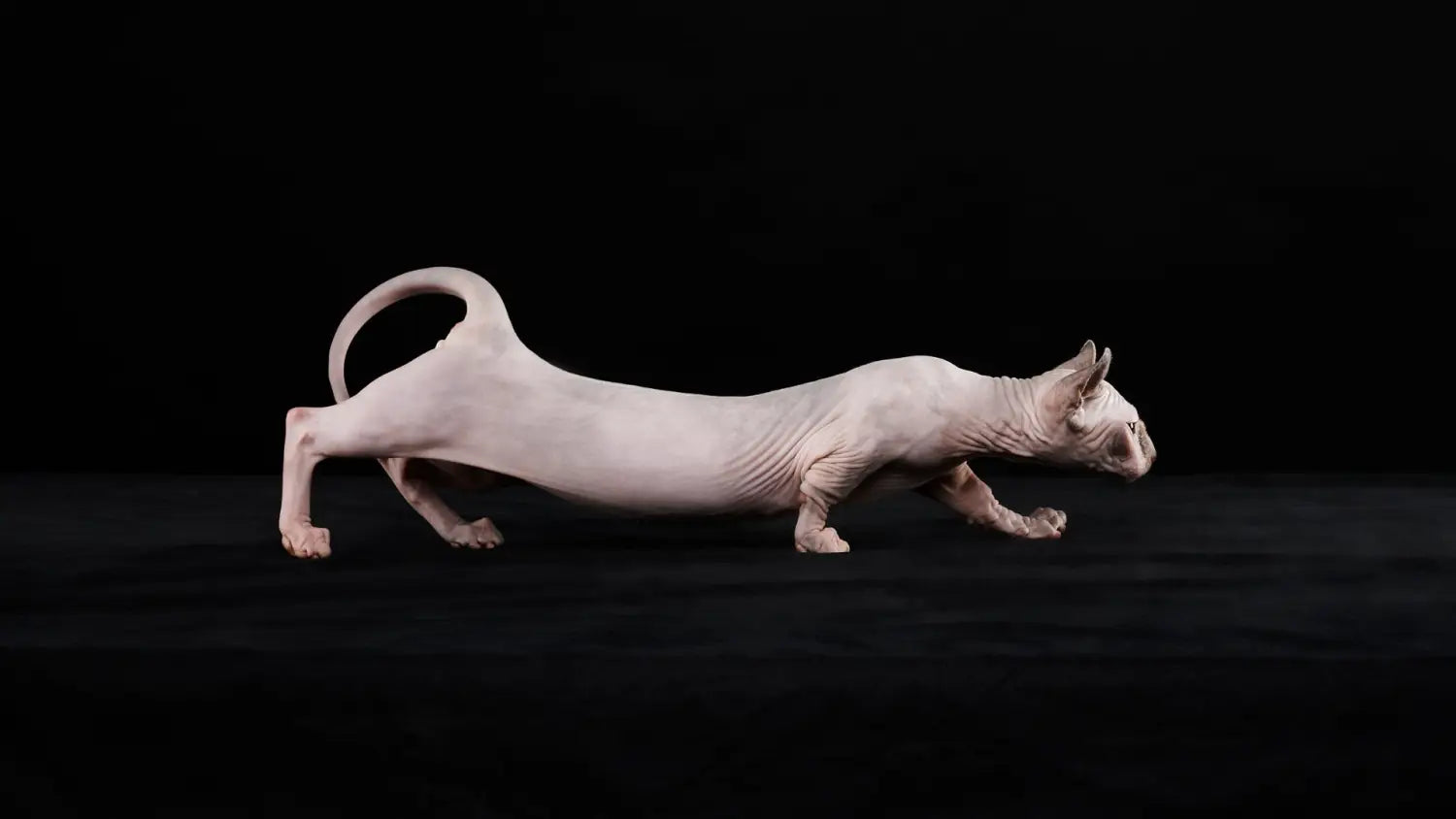
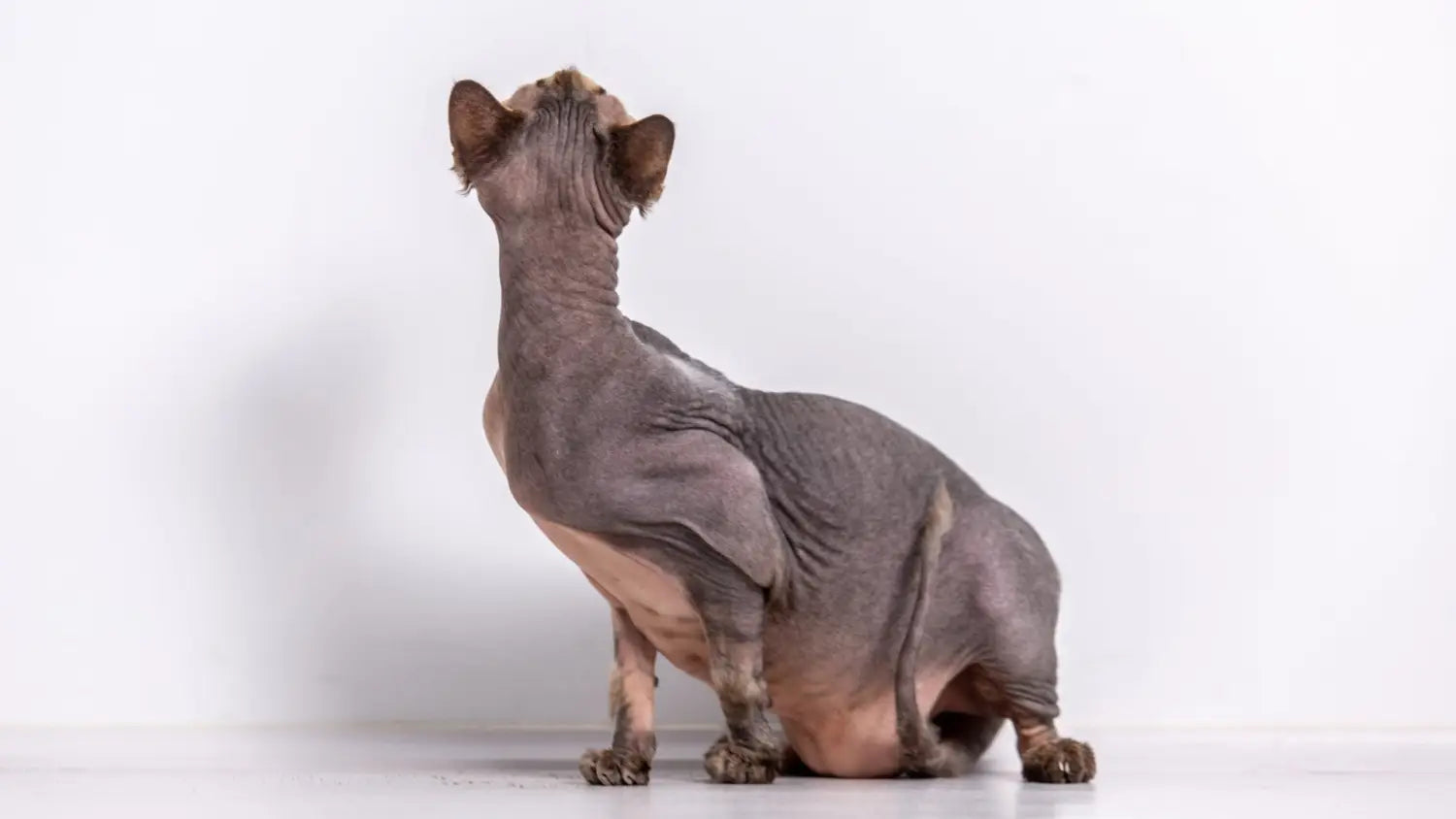
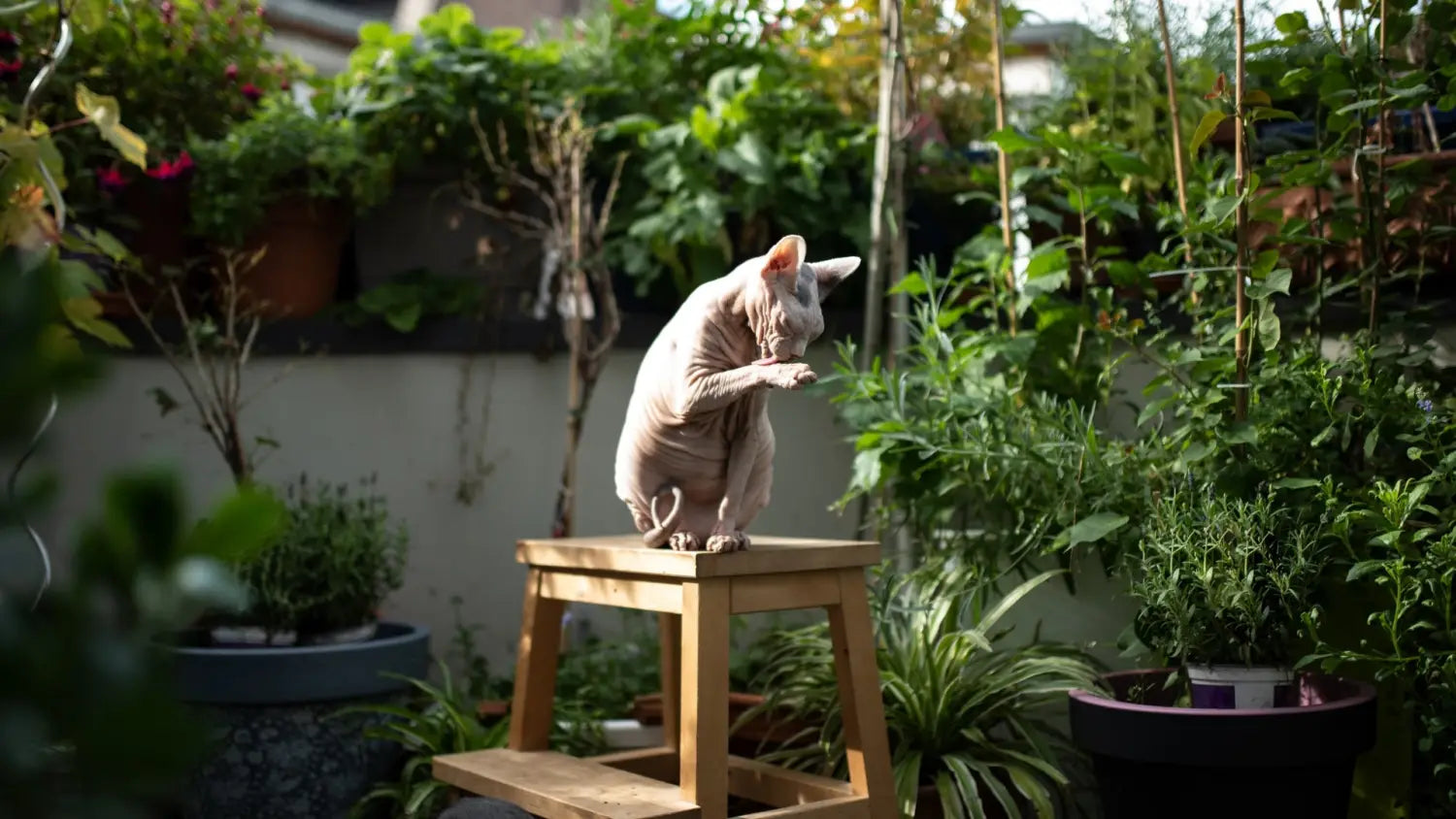























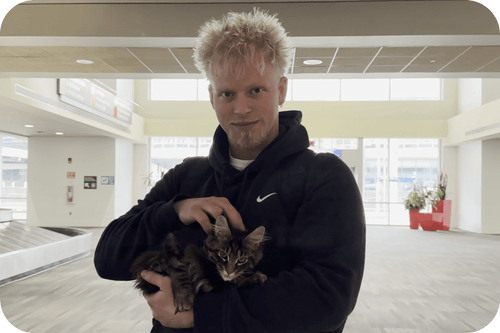

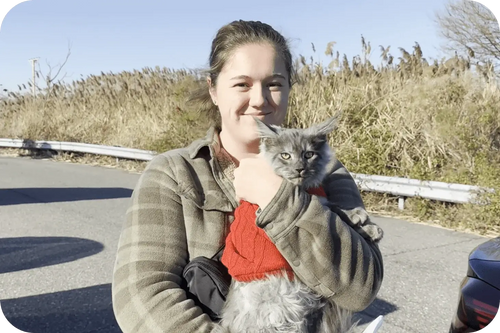
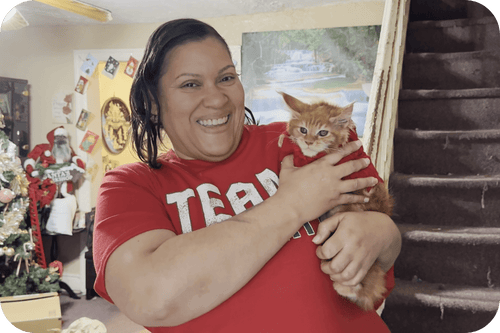
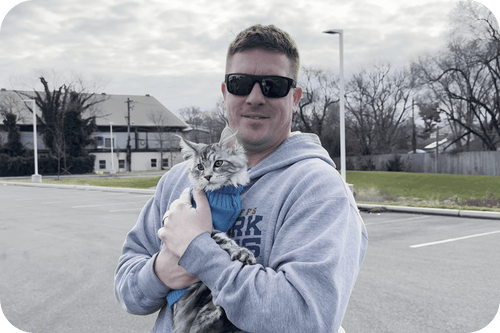



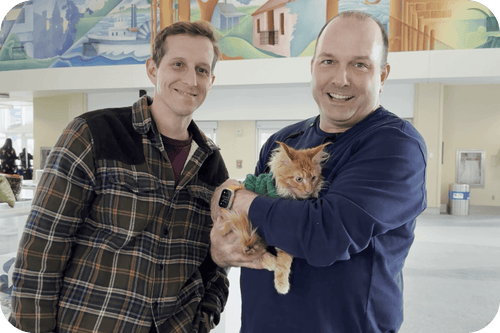
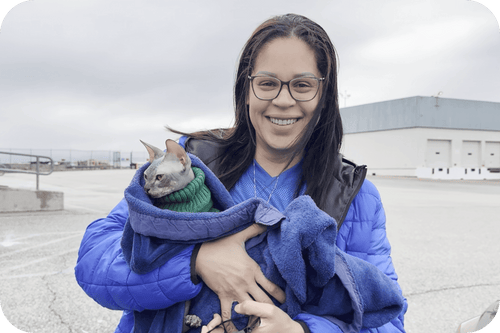

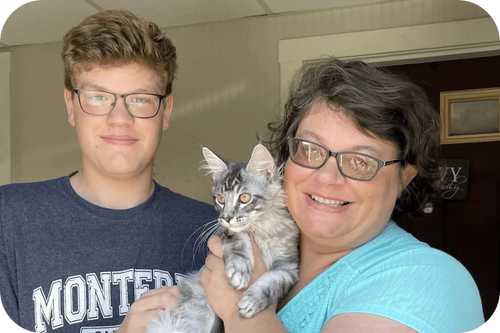
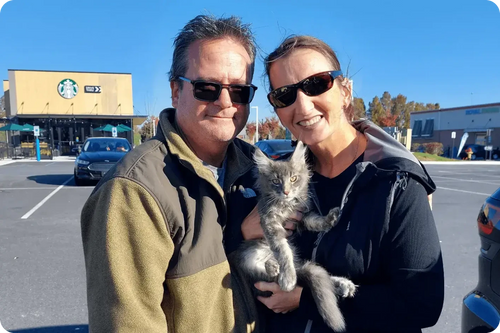
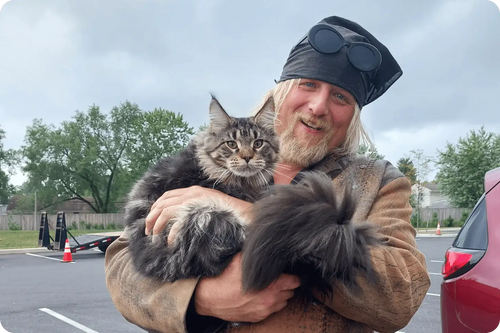


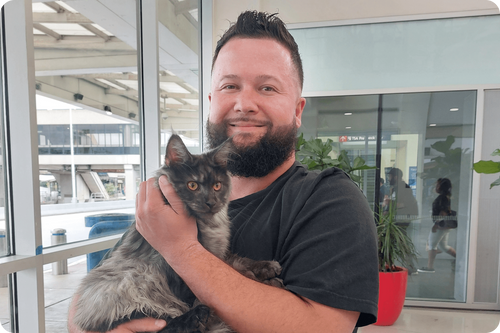











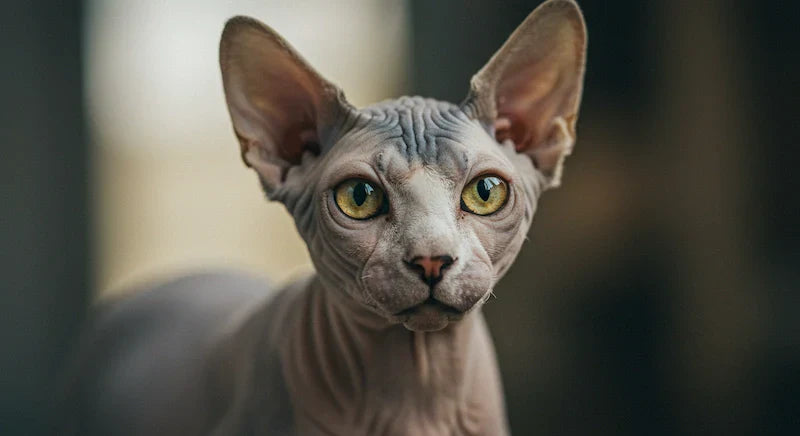
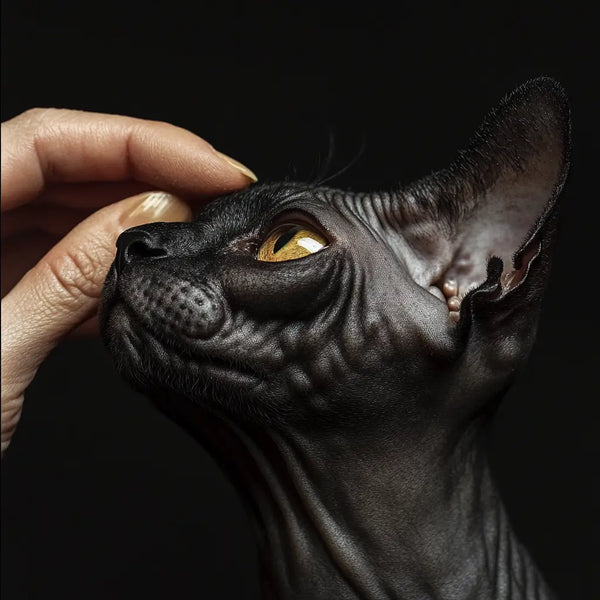

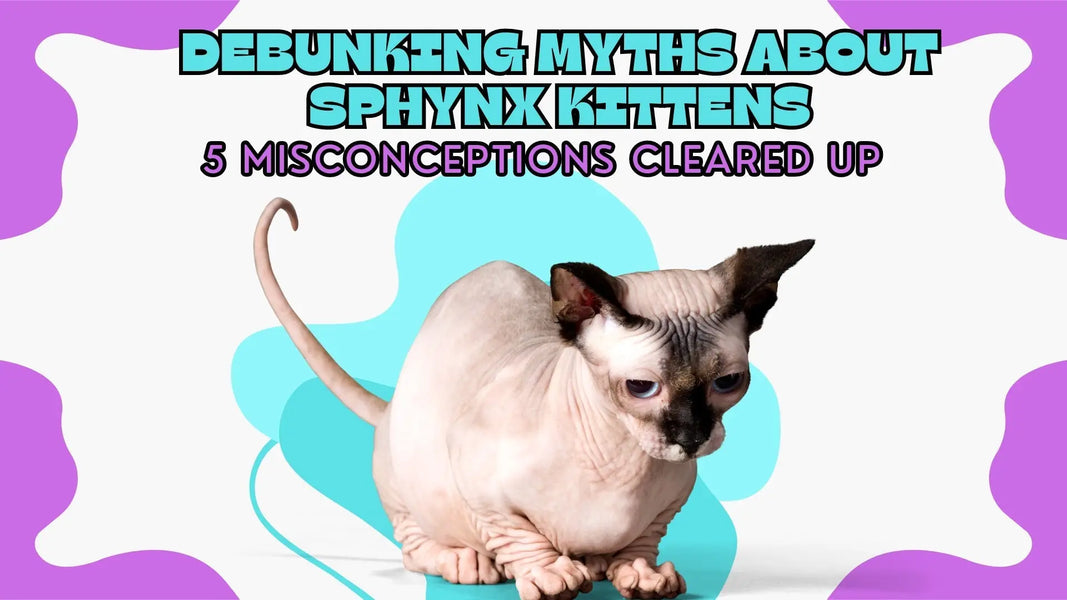
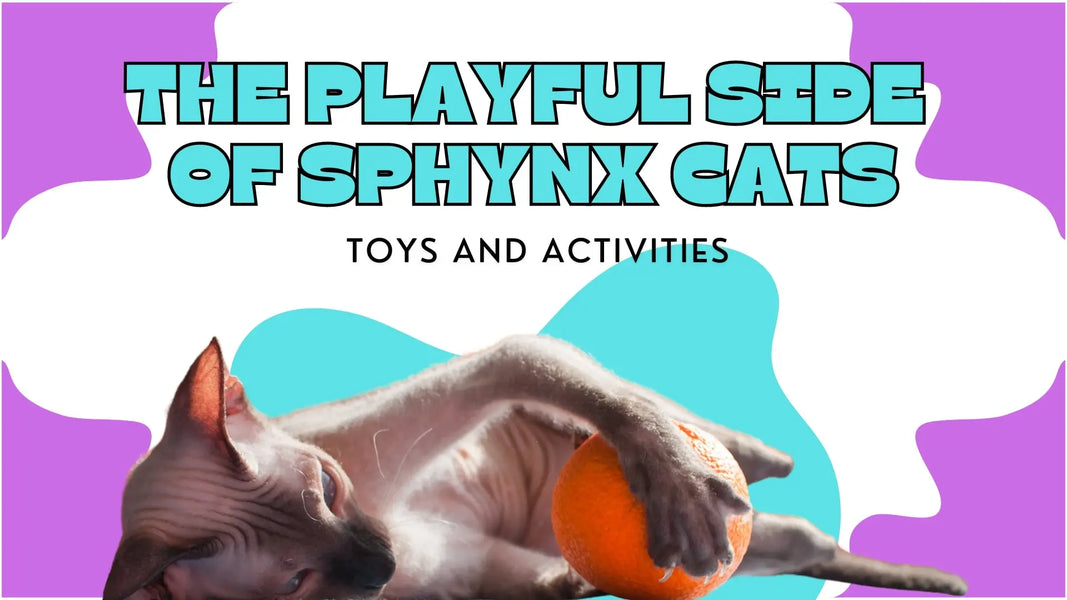




Comments(0)